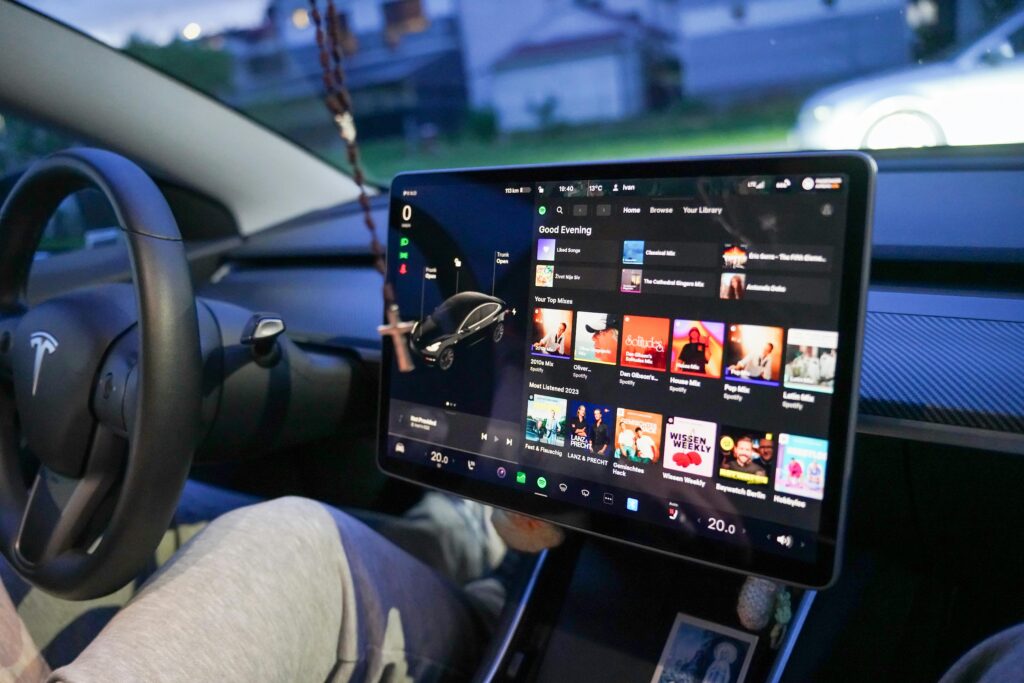 If you haven’t yet integrated radio with visuals into your station, here’s where the magic of traditional audio meets the power of bold graphics, text overlays, and even eye-catching video. Its radio reimagined for the digital age, showing up on Smart Dashboards, traditional RDS data (80% of the cars on the road today can display text on the dash) and your favorite platforms like social media, apps, websites, and smart TVs. Here’s why visual radio is stealing the spotlight:
If you haven’t yet integrated radio with visuals into your station, here’s where the magic of traditional audio meets the power of bold graphics, text overlays, and even eye-catching video. Its radio reimagined for the digital age, showing up on Smart Dashboards, traditional RDS data (80% of the cars on the road today can display text on the dash) and your favorite platforms like social media, apps, websites, and smart TVs. Here’s why visual radio is stealing the spotlight:
🎯 Expanded Audience Reach
Younger demographics are more likely to engage with visual content. Gen Z expects to “watch radio.”
👁️ Increased Engagement & Retention
Viewers are more likely to remember a message when it’s presented with both audio and visual elements, boosting brand recall and message clarity.
💰 Improved Monetization
Stations can offer premium ad placements or showcase sponsorships, partnerships, underwriters, and fund-raising efforts that are visible on-screen, increasing perceived value. (yes, clients pay more)
🧠 Stronger Storytelling
Visual elements let you show emotions, products, faces, or logos, which builds trust and connection, and is ideal for clients that benefit from demonstration.
📊 Data & Analytics
- Visual radio campaigns (especially online) offer measurable metrics like:
- View count
- Click-through rates
- Time watched
- Audience demographics
- This enables real-time optimization and reporting.
🔁 Cross-Platform Flexibility
One visual radio message can be reused across multiple platforms (in auto RDS data, website, podcast, social media), increasing efficiency and reinforcing the message consistently.
Here are some of the key players offering visual radio ad technology:
- Quu: This company specializes in a patented ad-sync technology that allows for visual elements to be synchronized with radio ads on in-dash radio displays in compatible vehicles. This can improve ad recall and potentially generate more revenue.
- Audiohook: They offer a robust marketplace for streaming radio ads, allowing connections to various digital radio platforms and enabling the tailoring and optimization of campaigns across multiple platforms.
- AudioGo: This self-serve platform simplifies the process of creating, scheduling, and running visual audio ads on podcast networks.
More about Cheri.

Leave A Comment